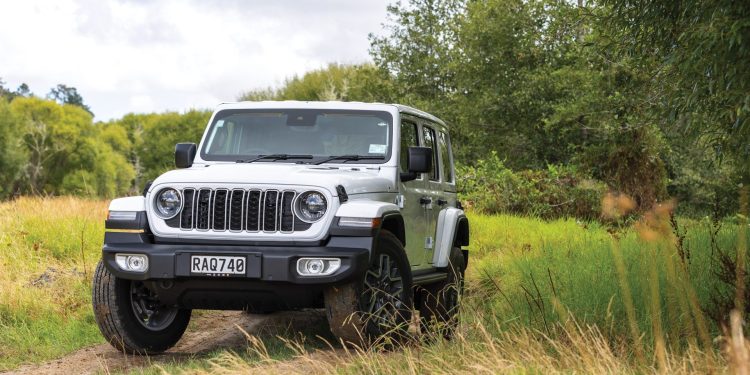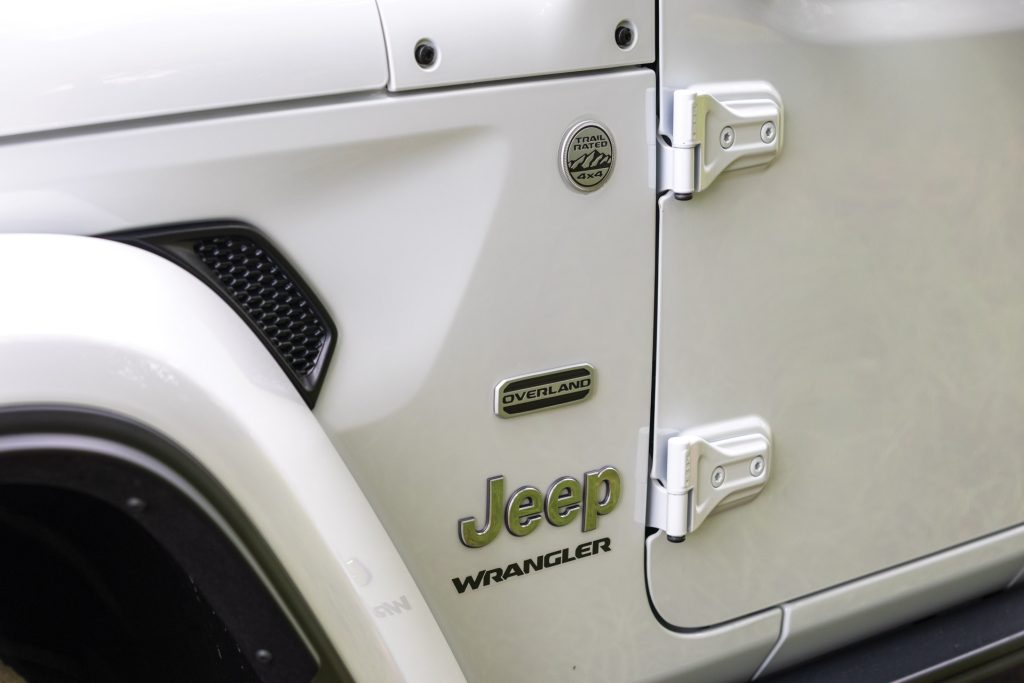2025 Jeep Wrangler Overland 4-door Review
Words: Kyle Cassidy | Photos: Alex Schultz
Jeep updates its venerable Wrangler as it rolls into another year of battle in the market place. And there’s a ‘new’ touch of heritage under the hood.
The Jeep Wrangler keeps on rolling, heading into another chapter of its long life. It’s almost forty years old now, the first Wrangler YJ (the one with the square lights that MacGyver drove) dropping in 1986. It was a more ‘civilised’ 4×4 than the CJ7 it replaced. Evidently, it was more comfortable, safer and better handling.
New-gen Wranglers only come about once every decade or so, and with the current JL debuting in 2019, it has a few years to run before we’ll see a new one. But it’s facelift time, this revised model following the Wrangler script as being more comfortable, safer and better handling. And it comes with a new engine.
What’s new with the Jeep Wrangler?
You wouldn’t want them to mess with the styling, and they haven’t. There’s a different cosmetic treatment for the slotted grille while the 18s are restyled for this Overland model. There’s something missing from the front quarter panel though. The old whip-style antenna has been retired, now integrated into the front screen glazing. Speaking of screens, there are new ones inside, some smaller readouts mixing it up with the analogue dials on the instrument panel and a new 12.3-inch infotainment display.
The major update concerns what’s behind the famous grille. A 2.0-litre inline four now takes over locally from the former 3.6-litre V6. It’s turbocharged to deliver 200kW and 400Nm of torque, the latter number being 53 more than the old Pentastar produced. The pull is also delivered at a lower engine speed, though it’s not exactly a slugger, with peak torque chiming at 3000rpm. Still, that’s 1800rpm earlier than the old V6 managed.
The reduction in fuel use isn’t huge. Where the V6 was listed at 10.8L/100km, the 2.0 is 10.3L/100km according to rightcar.co.nz figures (9.2L/100km on the Jeep NZ spec sheet). On test, the consumption settled to 11.3 after accumulating more miles on the highway, down from 14L/100km experienced in urban running. Last time we drove the V6 Overlander in 2019, we noted an average of 12.
Is the 2.0-litre any good?
Working with the eight-speed auto, there is a broader spread of torque to process, so it doesn’t feel like it’s working too hard. That said, there’s not a heap of pull from right down low, so it likes a few revs to get properly underway. It is quicker to spin than the old V6, and doesn’t feel wheezy when stretched.
With similar power to the six, it’s no faster 0-100, but is a bit quicker on the overtake by half a second.
If you think a 2.0-litre doesn’t suit the Jeep, remember the original Willys MB relied on four cylinders. The 2.2-litre Go Devil was developed with dependability in mind, making 45kW and 142Nm. So think of it as Jeep getting back to its roots.
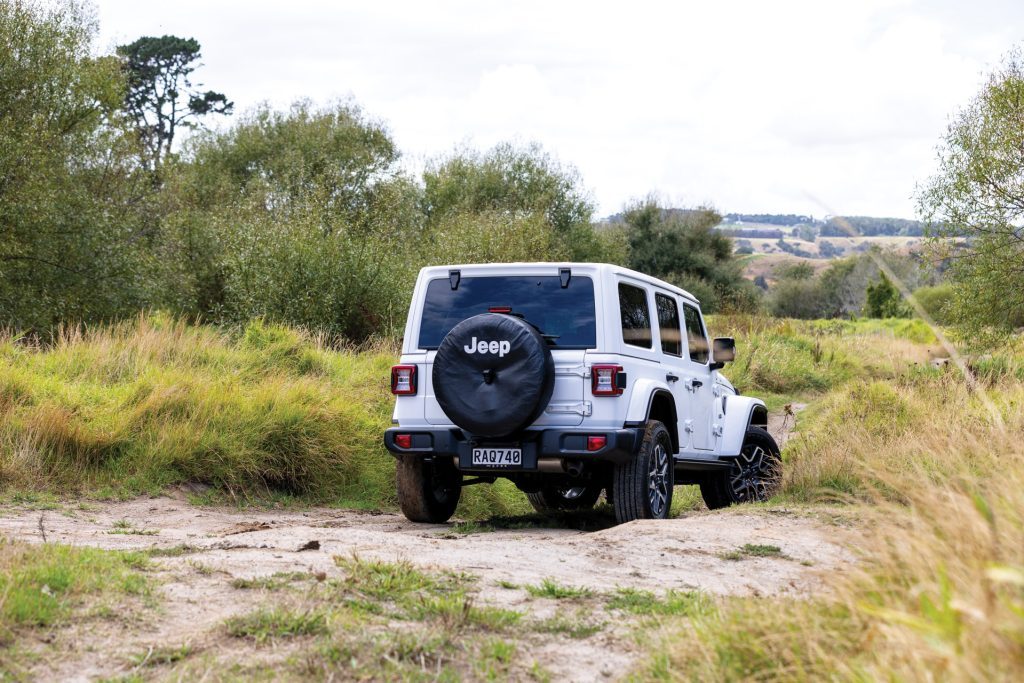
At home in the city
The Overland is the urban Wrangler, optimised for tarmac running while the Rubicon is still available for the serious Jeeper. This too is powered by the 2.0T, and retains its beefier diffs with lockers front and rear along with 32-inch off-road rubber. The Overland rolls on 18s and highway tyres for a better ride and handling balance. And for what is a 4×4 with a full chassis and a pair of solid axles, this is rather comfortable on road. Not as refined as your average crossover mind, but it rides well enough with the bumping kept to a minimum.
While not the ideal city car, it does work in town; it’s not too wide, the steering, while slowish, isn’t heavy and the turning circle ain’t bad either.
Jeep build quality keeps improving, this one well made and with a few lux items like a heated wheel and seats. The latter have been redesigned and are leather trimmed and electronically adjusted with some lumbar support to boot. The footwells are still quite tight, thanks to that big transfer case underneath.
On start-up, the screen animations bombard with brand heritage showing images of the old MB and slogans like ‘since 1941’. But they are also a portal to modernity, with wireless connectivity now a feature. While the side mirrors are small and there is only a regular back-up camera, outward vision is pretty good otherwise.
Passive safety levels improve with the introduction of side airbags now integrated into the roll cage. The new adaptive cruise is not overly strict on sticking to your prescribed speed on downhill stretches. And while it will bring you to a stop in traffic, it’s not of the stop and go type; it disengages when you come to a halt. At least the lane keeping and speed limit warnings won’t annoy you, as they are not a feature of the spec sheet.
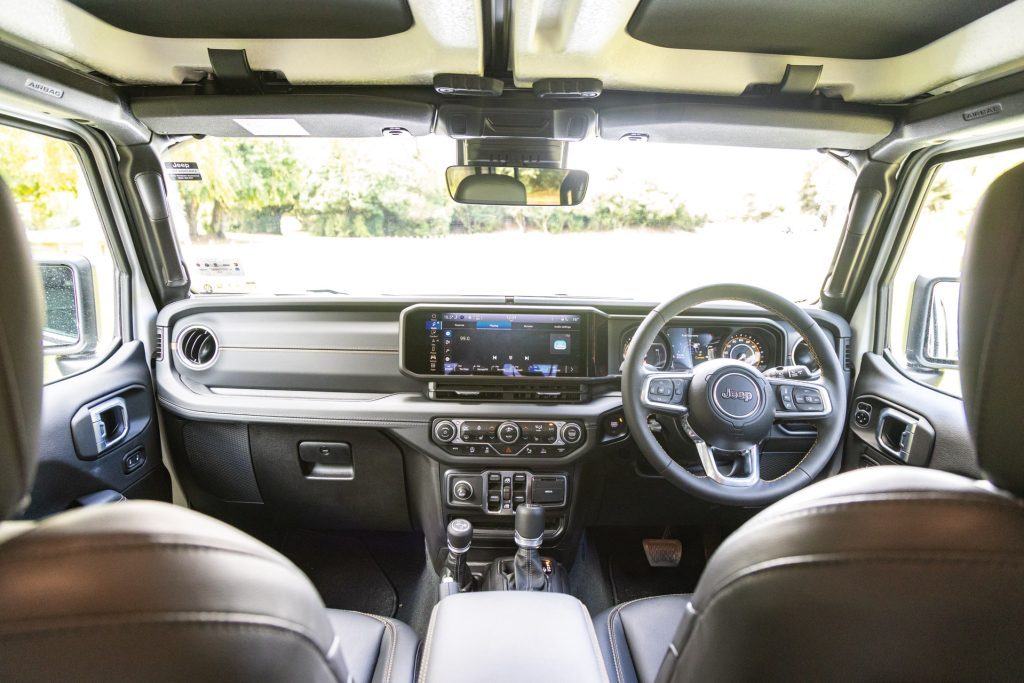
Practical much?
Well, it’s certainly the most practical four-door convertible you’ll find. The kids did ask to take the roof off but it’s quite the task. And it doesn’t seem the soft top is part of the package any longer. You can still remove the doors and all that cool stuff. It can tow 2500kg too.
The boot has a reasonable capacity, although the side-hinged lower tailgate and the lift-up glass section makes access fiddly.
There’s okay room in the rear for the kids but adults might find the leg room tight. Power outlets are plentiful.

Still good off road
With oodles of ground clearance and axle articulation, it takes bumpy trails in its stride. Progress in Overland will only be limited by the tyres. While it has a low range, it’s not the rock crawler ultra-low gearing of the Rubicon, and it lacks the diff lockers too. But beach access and forestry roads and other off-road play grounds this will take at a canter.
On highways and gravel roads, the Wrangler felt more together, the bump control handled better and the front and rear moving in unison rather than squirming about the place.
Worthy?
The Overland retails for $84,990 and the Rubicon for $109,990, so this is the more affordable Wrangler. But it’s still fairly expensive, something you’ll want rather than ever really need. There are much cheaper ways to go off roading, Jimny for instance, which also uses a four cylinder and has a certain heritage about it. But for some there is only one Jeep, and the Wrangler still has its place.
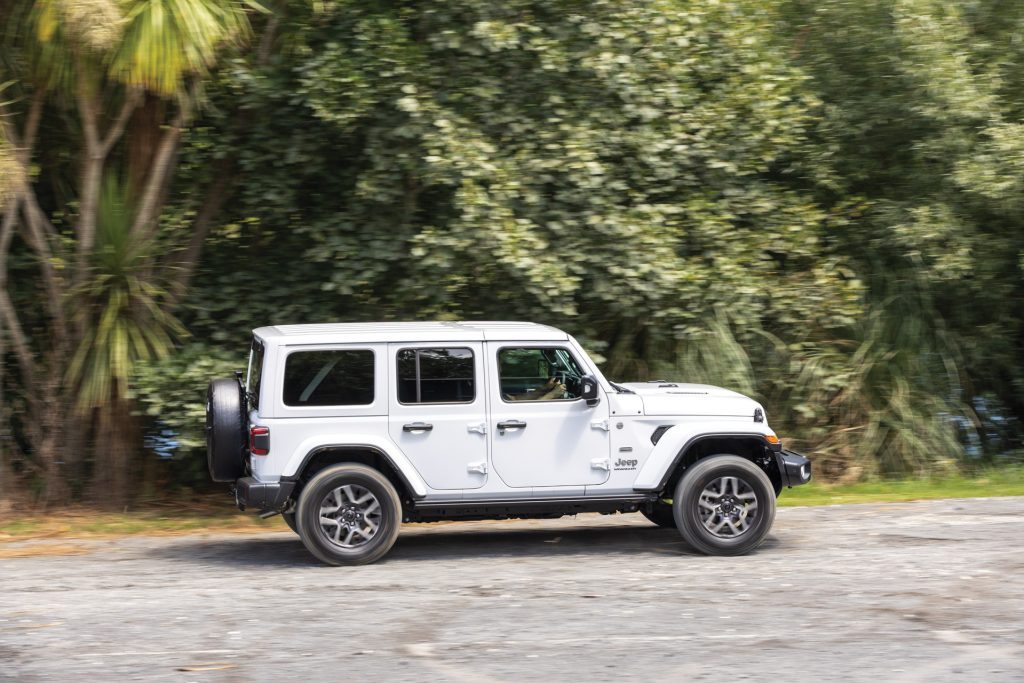
Wrangler Overland 4-door
$84,990 / 9.2L/100km / 209g/km
0-100 km/h 8.41s
80-120 km/h 5.54s (158m)
100-0 km/h 42.62m
Speedo error 97 at an indicated 100km/h
Ambient cabin noise 73.6dB@100km/h
Engine 1995cc / IL4 / T / DI
Max power 200kW@5250rpm
Max torque 400Nm@3000-4500rpm
Drivetrain 8-speed auto / switchable 4×4
Front and rear suspension Solid axle
Turning circle 12.4m (3.2 turns)
Front brakes Ventilated discs
Rear brakes Ventilated discs
Stability systems ABS, ESP
Safety AEB, ACC, BSM
Tyre size f/r-255/70R18
Wheelbase 3008mm
L/W/H 4882 / 1894 / 1901mm
Track f-1598mm r-1598mm
Fuel capacity 81L
Tow rating 750kg(2495kg braked)
Service intervals 12months / 12,000km
Warranty 3yrs / 100,000 km
ANCAP rating ★★★☆☆ (2019)
Weight (claimed) 2131kg


